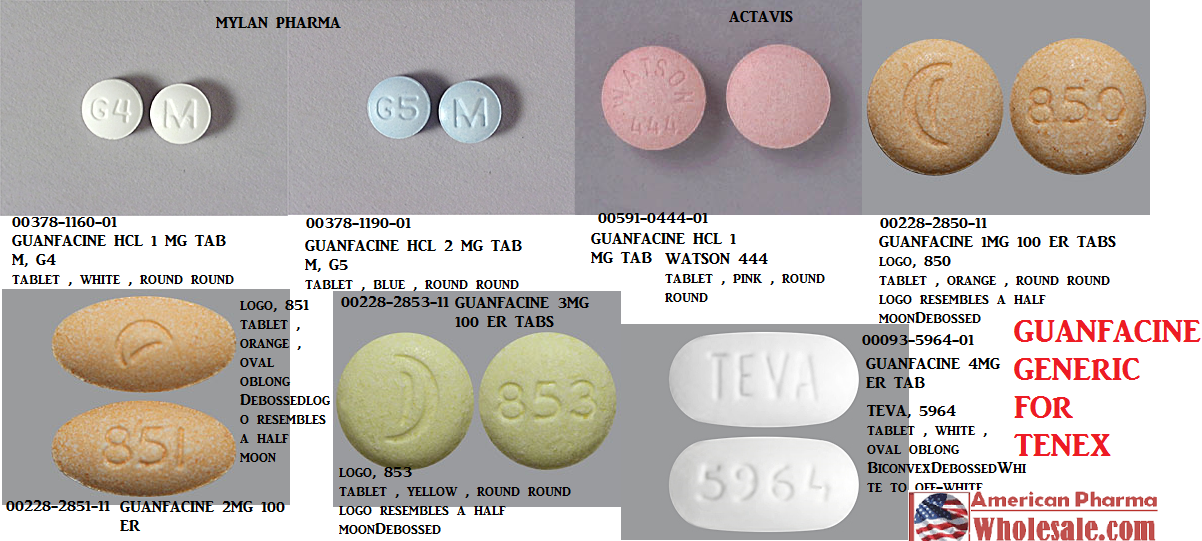
“Although drugs targeting the cannabinoid system (e.g., CB1 receptor agonists) display anticonvulsant efficacy in adult animal models of seizures/epilepsy, they remain unexplored in developing animal models. However, cannabinoid system functions emerge early in development, providing a rationale for targeting this system in neonates.
We examined the therapeutic potential of drugs targeting the cannabinoid system in three seizure models in developing rats.
The mixed CB1/2 agonist and the CB1-specific agonist, but no other drugs, displayed anticonvulsant effects against clonic seizures in the DMCM model. By contrast, both CB1 and CB2 antagonism increased seizure severity. Similarly, we found that the CB1/2 agonist displayed antiseizure efficacy against acute hypoxia-induced seizures (automatisms, clonic and tonic-clonic seizures) and tonic-clonic seizures evoked by PTZ.
Early life seizures represent a significant cause of morbidity, with 30-40% of infants and children with epilepsy failing to achieve seizure remission with current pharmacotherapy. Identification of new therapies for neonatal/infantile epilepsy syndromes is thus of high priority.
These data indicate that the anticonvulsant action of the CB system is specific to CB1 receptor activation during early development and provide justification for further examination of CB1 receptor agonists as novel antiepileptic drugs targeting epilepsy in infants and children.” https://www.ncbi.nlm.nih.gov/pubmed/28691158
http://onlinelibrary.wiley.com/doi/10.1111/epi.13842/abstract



